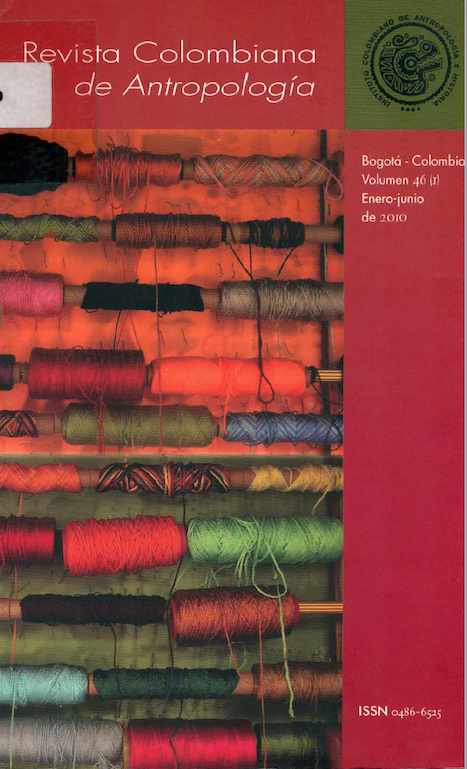“En la corriente viajan…”
DOI:
https://doi.org/10.22380/2539472X.996Palabras clave:
agua, terror, narrativas, memoriaResumen
En Colombia las aguas de ríos como el Magdalena han sido escenario de la expresión del terror y el olvido. Sin embargo, en este ensayo quiero proponer una mirada alternativa del agua y su relación con la violencia. A partir del proceso de la fermentación como metáfora y realidad material, sugiero la posibilidad de imaginar una forma de memoria sensual que se genera por medio de la interacción con agua saturada con historias de terror. Para esto utilizo una serie de fragmentos etnográficos y fotografías de la vida diaria en el pueblo de Nueva Venecia en la Ciénaga Grande, donde el agua que fue impregnada por los residuos de una masacre se filtra en espacios, instantes y escenarios del diario vivir. Estos momentos plantean la posibilidad de leer esta relación con el agua y sus residuos como parte de una narrativa de memoria en vez de olvido.
Descargas
Referencias bibliográficas
BATAILLE, G. (1993). Death. En G. Bataille, The accursed share: An essay on general economy (Vols. II-III). (pp. 79-86). (Robert Hurley, Trad.). New York: Zone Books.
BENJAMIN, W. (1999). On some motifs in Baudelaire. En H. Arendt (Ed.). Illuminations (pp. 152-196). Londres: Pimlico-Random House.
COLOMBIA, COMISIÓN NACIONAL DE REPARACIÓN Y RECONCILIACIÓN, GRUPO DE MEMORIA HISTÓRICA. (2008). Trujillo. Una tragedia que no cesa. Bogotá: Planeta.
CORTÉS SEVERINO, C. (2009). Lugares, sustancias, objetos, corporalidades y cotidianidades de las memorias. Revista Errata, 0, 140-162.
DAS, V. (2006). Life and words. Violence and the descent into the ordinary. Berkeley: The University of California Press.
EDWARDS, E. (1997). Beyond the boundary: a consideration of the expressive in photography and anthropology. En M. Banks & H. Morphy (Eds.). Rethinking visual anthropology (pp. 53-80). New Haven: Yale Press.
FALS BORDA, O. (1986). Historia doble de la costa. Bogotá: Universidad Nacional de Colombia.
HAMMOND, J. D. (2004). Photography and ambivalence. Visual Studies, 19(2), 135-144. DOI: https://doi.org/10.1080/1472586042000301638
HARAWAY, D. (2004). Cyborgs, Coyotes and Dogs. A Kinship of Feminist Figurations. En D. Haraway (Ed.). The Haraway Reader (pp. 321-342). New York: Routledge.
KLIMA, A. (2002). The Funeral Casino. Meditation, massacre, and exchange with the dead in Thailand. Princeton: Princeton University Press.
MACDOUGALL, D. (2006). The corporeal image. Film, ethnography, and the senses. Princeton: Princeton University Press.
OSPINA, M. (2009). Evocar y convocar: Violencia y representación en la narrativa colombiana de finales de siglo XX (1994-2008) (Disertación doctoral sin publicar). Departamento de Lenguas Romances y Literaturas, Harvard University, Cambridge (MA).
RAFFLES, H. (2002). In Amazonia. A natural history. Princeton: Princeton University Press.
RESTREPO, L. (1999). La novia oscura. Bogotá: Editorial Norma.
ROMERO, M. (2001). Movilizaciones por la paz, cooperación y sociedad civil en Colombia. En M. Archila y M. Pardo (Eds.). Movimientos sociales, estado y democracia en Colombia (pp. 405-440). Bogotá: Universidad Nacional de Colombia-Instituto Colombiano de Antropología e Historia, ICANH.
SEREMETAKIS, N. (Ed). (1996). The senses still. Perception and memory as material culture in modernity. Chicago: The University of Chicago Press.
TAUSSIG, M. (2004). My cocaine museum. Chicago: University of Chicago Press. DOI: https://doi.org/10.7208/chicago/9780226790152.001.0001
URIBE, M. V. (2004). Antropología de la inhumanidad. Un ensayo interpretativo sobre el terror en Colombia. Bogotá: Norma.




















